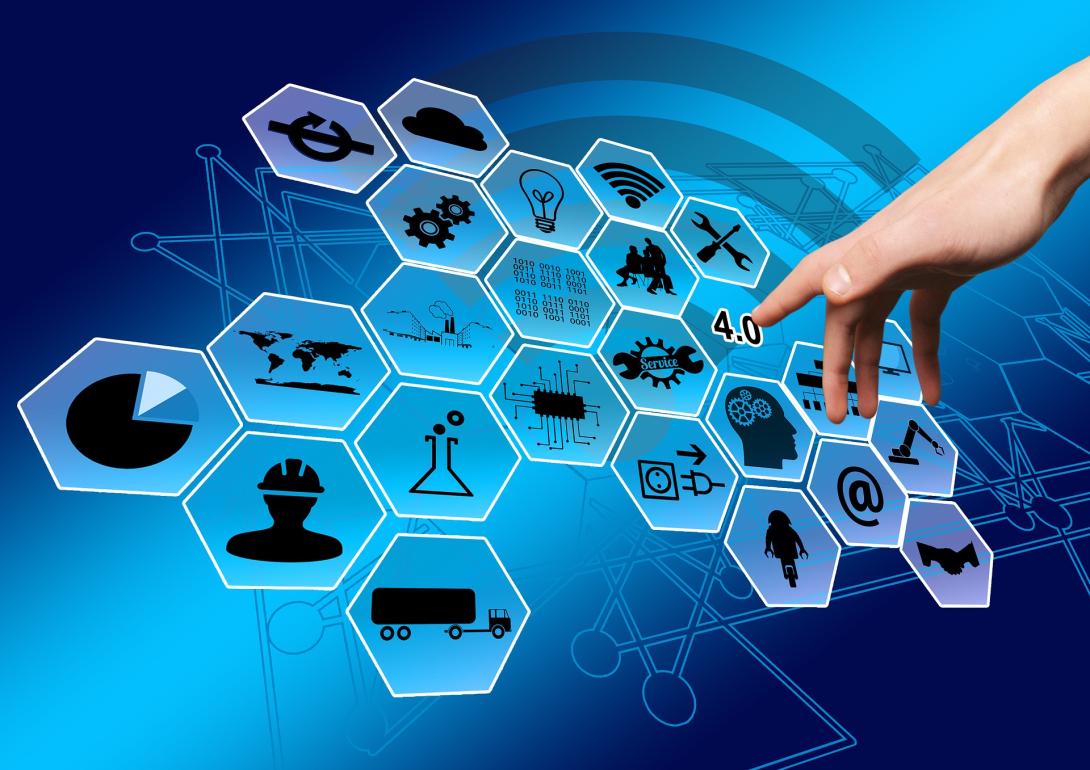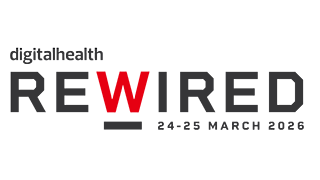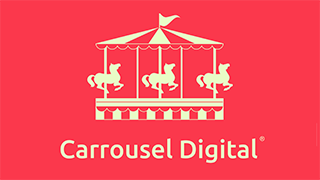Within the healthcare sector, the Internet of Things is emerging as a major area for growth and investment, allowing organisations to drive efficiencies while also improving patient experience. Paul Timms discusses some of the potential benefits of using IoT as a basis to transform efficiency and improve the patient experience
The Internet of Things (IoT) has a number of potential benefits for the healthcare sector, with the possibility to improve patient experience, free up valuable staff time and provide the ever-increasing range of services in a more timely, more effective way.
Practically speaking, IoT is where devices and sensors are used to link the physical world with the Internet, turning data into insights, and aid the automation of key processes. Ultimately it can be a tool to make processes quicker and more efficient, leading to improved patient care and experience.
Improving care with interconnected medical devices
IoT will help improve patient care with interconnected medical devices which allow information to be instantly and efficiently shared with all relevant parties; doctors, nurses, patients, their family, researchers, pharmaceutical organisations, regulators and equipment manufacturers.
Healthcare instruments and practices are, through the collection of data, becoming increasingly ‘intelligent’, they can be used to collect and provide more detailed knowledge of diseases, treatment targets and biomarkers. The data can be shared between all stakeholders to not only improved care for the patient and also feed into long term understanding of treatments and outcomes.
Remote, ongoing monitoring
While historic monitoring of patient’s care has been dependant on medical staff physically carrying it out, IoT is allowing constant, non-invasive monitoring of the patient throughout their treatment. Healthcare professionals use IoT to monitor data continuously, algorithms will predict changes and make recommendations for the nurses, doctors and other healthcare specialist to act on and make any necessary interventions. This frees up staff time, lowers costs, delivers a quicker, more convenient patient service and ultimately better outcomes for all.
This same type of monitoring can also be used to screen medication uptake as well as allowing remote observation of patient’s actions in the home. This means that groups like the elderly can remain in the safety and comfort of their homes with healthcare professionals constantly supervising their treatment. Vital signs are recorded and if any data points raise concerns next actions can be taken without undue delay.
Smart buildings
Increasingly we are seeing healthcare organisations adopting IoT by making their physical spaces smarter and more integrated. This means looking at all the healthcare systems in operation and developing a strategic plan to marry up the various systems with contingencies to allow for new approaches and plans.
The potential for change with the introduction of smart hospitals and local health practices is huge. As well as specific IoT enabled devices that play a role in patient care, like adaptive heating and lighting in rooms depending on their use, organisations are also able to monitor equipment whereabouts and usage to ensure optimum performance and best use of budgets, while freeing up scare resources.
To enable a transformation of this scale and to reap the rewards available under the banner IOT it is essential that all medical devices are integrated into a shared system. This is no easy task given the breadth of devices being delivered, but healthcare businesses are responding to the challenge by ensuring their systems are capable of being fully connected and integrated.
Beyond inventory control and asset tracking
IoT is often thought of in terms of monitoring where things are, and in what levels they exist – such as what quantity of a certain drug, or piece of medical equipment is in stock, and where it might be found. This allows for time management of stock to ensure stock is available to meet patient needs, however this is to think in silo terms and underestimates the value IoT can bring.
Our modern hospitals are huge organisations, so even small steps can make a massive difference. We’re seeing certain organisations taking this a step further, replicating the approach taken with equipment to track patients. Real time location systems, for example, can be used to scan patients in to a hospital, and then and record where they are for more efficient and ultimately more effective patient care.
This approach might be used when a patient checks in for day surgery, allowing their family to know at what stage they are in their treatment and when they will be ready to go home - freeing up time for key non-clinical tasks like updating the patient’s family on what has happened and the ongoing plans for the patient’s care.
Transforming the patient experience
IoT presents the healthcare sector with an enormous number of benefits. However, concerns remain around the security, privacy and ownership of data, especially given its personal and sensitive nature. Another major challenge concerns the legacy issues of offline data, and how to digitise this to integrate with IoT processes. The NHS and private medical businesses face an ongoing period of digital transformation as they continue to navigate these issues, however when it comes to improving the patient experience in healthcare, IoT may be just what the doctor ordered!





